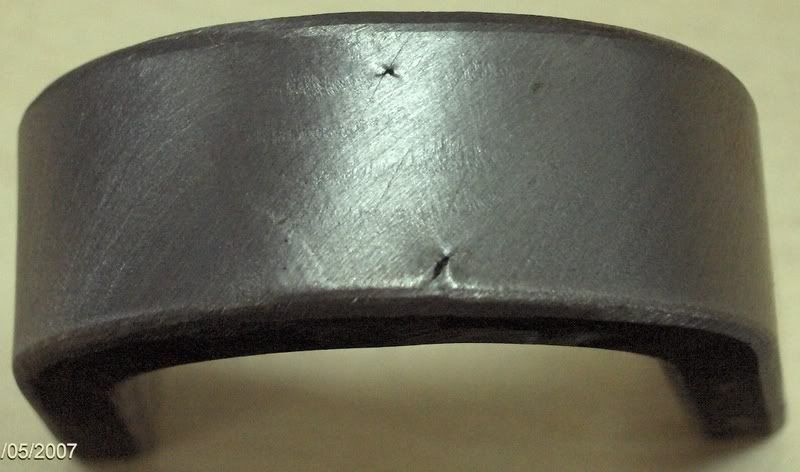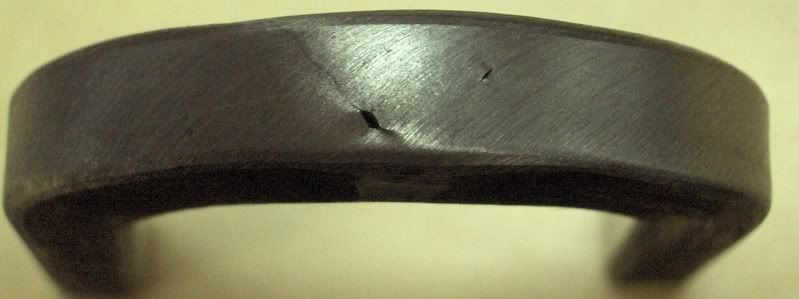
cudaxtreme,
I agree with Marty.
By knowing now some more details I would confirm again my predication.
The parameters you're using are - from my point of view - much too low to secure a sufficiently depth of fusion.
For using a 1.2 mm wire electrode in diameter and welding a plate of ~ 10 (?) mm thickness I would recommend to increase the current significantly followed by an additional increase in welding speed. I wonder about the ratio of amperage (low), voltage (high) and welding speed (low). From my point of view and under consideration of the pretty low welding speed the arc might burn upon a weld-pool whose volume is "buffering" the effective arc's thermal energy and thus avoiding a safe fusion in the depth.
Manganese oxides and Silicates are products of partly intricate thermochemical reactions whose measurable amounts are strongly influenced by temperature, time and the different existing partial pressures of the gaseous constituents within the arc plasma.
I.e. the higher the temperature, the amount of free reactive oxygen and the longer the time the molten metal can react with the oxygen, the higher the amount of manganese- and silicon-based slags which have - of course - to be removed before welding the next layer. By the way, it is interesting to consider that the specific oxidation within the arc-atmosphere is approx. 8 times the amount of oxidation within the liquid weld-pool...
To resume, due to I am working very often in the field of automated welding-applications (robotics), I am also often asked: "Stephan, how fast can we weld by using solid single wire GMAW in combination with a robot?"
Well I promise, you will never hear any kind of accurate prediction in "x mm/s" from me (believe me, I know what I am talking about and I guess you know what I mean) but as a rule of thumb I say 10 mm/s in mean is a real value to calculate with for economical efficiency of the system. This means 0.6 m/min. but often more. In GMA-Tandem-Welding we are often required to adjust > 30 mm/s welding speed to making the system economically effective for the user.
However, when I am converting 0.2 m/min into mm/s, you are welding with 3.33 mm/s, which is from my standpoint definitely to less.
So once again I would recommend to increase the arc-performance + the welding speed, and - eventually - to change the torch drag angle to a slight backhand one to use the arc-pressure for repelling the molten weld-pool .
Regards,
Stephan




